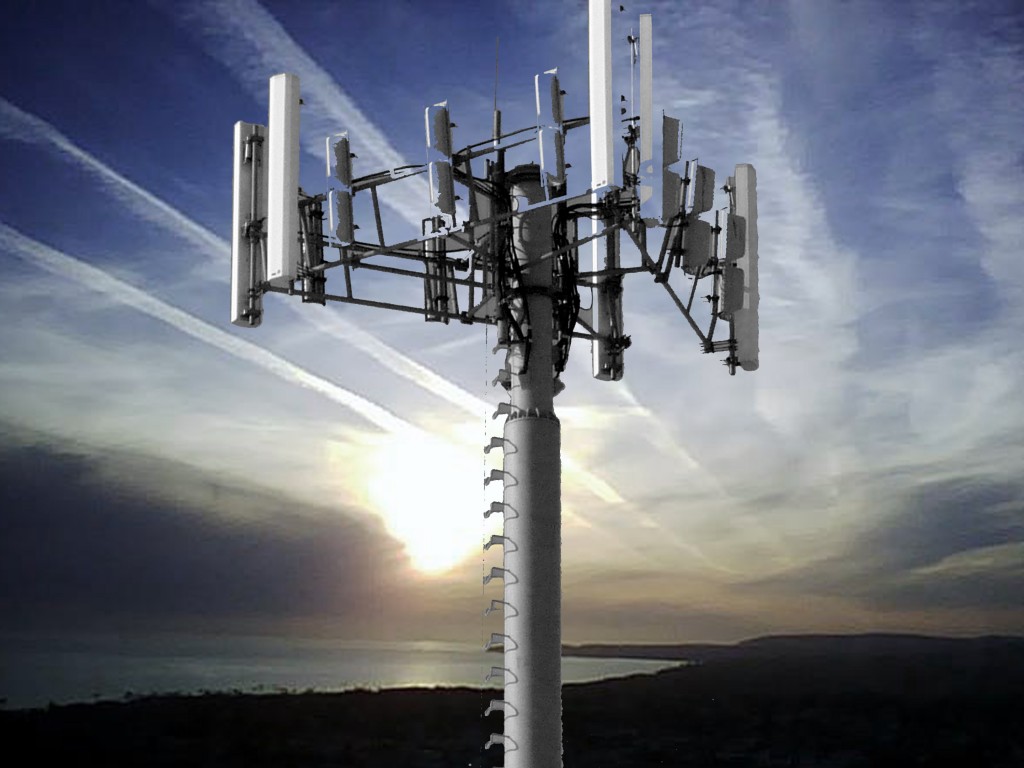What is the safest distance from your 5G cell Tower system?

If you've ever wandered through a town, you may have seen tiny mini 5G cell towers on the poles of street lights. They look like small boxes, but they're actually broadcasting wireless signals from cell phone providers to your phone.
They are replacing larger, purpose-built cell towers. Although they're not as visible but they can still cause problems for people.
It is the FCC's Radiation Exposure Thresholds
The FCC's Radiation Exposure Thresholds define the safe limit at which a person can be exposed to electromagnetic radiation from wireless devices. faraday cage hat for exposure are based on research that prove that electromagnetic energy can be harmful to human health.
The specific absorption rate (SAR) is a measure of the radiofrequency energy absorbed by tissue. It's usually 1.6 milliwatts per kilogram spread over a Gram of tissue.
However, because 5g transmits at higher frequencies this could be able to cause greater energy intensity on the skin as well as other body areas. This can lead to a wide range of possible harms, like the formation of skin disorders such as dermatitis and cataracts and skin cancer.
Due to the potential for negative effects of 5G radiation, PSU has chosen to establish a general, localized maximum power density of four mW/cm2 measured over 1 cm2, and never to exceed 30 minutes for all 5G services at 3000 GHz. This localized limit is consistent with the maximum SAR that is spatially averaged at 1.6 W/kg, averaged over one g of tissue at 6 GHz.
The FCC's Maximum Exposure Thresholds for Maximum Exposure
If you've ever operated a cell phone, you're probably aware that the safest location from the tower is around 400 meters. This is due to the power of the transmission of cell towers increases drastically the further away your location from the tower.
Although this may sound like an ideal idea but the truth is that those living close to towers might be more susceptible to health problems. For instance, a study conducted in 2014 in India discovered that people living within 50 meters of cell towers experienced much more health problems than those who lived farther away from the antennas.

This study found that people who moved to areas further away from cell towers noticed their symptoms improve within a few days. Another study has revealed that exposure to high amounts of electromagnetic field radiofrequency (EMFs) can cause brain tumors, cancer as well as other health issues.
This is because RF radiation, which is utilized in wireless communications, may penetrate the body's outer layer of skin. This is important to understand because the skin acts as a shield against mechanical injury, infection by pathogenic microorganisms, and infiltration of toxic substances. Additionally, it is the most important organ of the human body, and is accountable for keeping the integrity of the other organs.
The FCC's Minimum Exposure Thresholds for the Minimum Exposure
The FCC's Minimum Exposition Thresholds depend on several assumptions that aren't supported by scientific evidence. This includes the false assumption that short-term exposures to RF radiation are safe due to minimal absorption into body (i.e. thermal heating of tissue).
The assumption also ignores the greater penetration of ELF elements of modulated radio signals and the consequences on the body of short bursts from pulsed RF waves. These assumptions are not in line with current knowledge of the biological consequences of RF radiation. Therefore faraday cage hats should not be relied upon for health-protection exposure guidelines.
Furthermore, the ICNIRP and FCC limit their limit of exposure to the local SARs, based on the maximum speed of spatial absorption (psSAR) that is not a sufficient dosimetric tool to assess the amount of radiation exposure. Particularly faraday hat is inconclusive for frequencies that exceed 6 GHz. In addition, psSAR is not been evaluated for RF radiation with co-exposure to other environmental agents such as sunlight. In the event of interactions, RF radiations with different environmental agents may result in antagonistic or synergistic effects. This could result in an increased risk of adverse health consequences. For instance, exposure to RF radiation and sunlight could increase the risk of skin cancer, and may also exacerbate other skin diseases such as acne.
